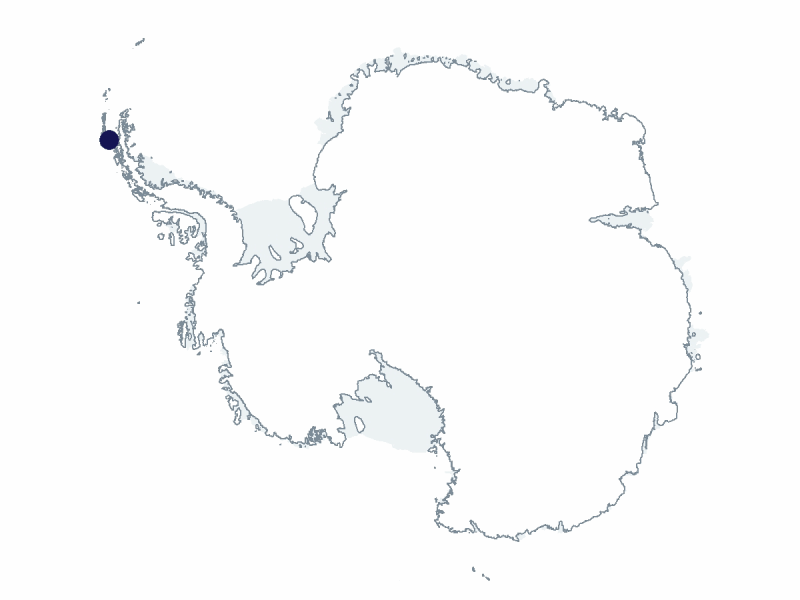2024-2025 USAP Field Season
Project Detail Project TitleCAREER: Coastal Antarctic snow algae and light absorbing particles: snowmelt, climate, and ecosystem impacts Summary
Event Number:
Program Director:
ASC POC/Implementer: Principal Investigator(s)
Dr. Alia Lauren Khan
Location
Supporting Stations: Special Project DescriptionThe team proposes a five-year time-series field project to assess the effects of changing cryosphere-albedo feedbacks in the Antarctic Peninsula and the Pacific Northwest. A variety of in situ and remote sensing data collected across multiple spatial scales will be used to evaluate the role of temperature, radiative forcing effects, and light absorbing particles (LAPs) on snow-algae growth. The project is expected to fundamentally advance knowledge of factors that affect the snow algae growing season. Ground measurements will inform development and application of novel algorithms to map algal bloom extent through time using 0.5-3m spatial resolution, multi-spectral satellite imagery. The work will inform the role of LAP impacts from black carbon (BC) and dust that may intensify in a warming climate. Lastly, these results will be used to improve snow algae parameterization in a new version of the Snow Ice Aerosol Radiation (SNICARv3) model that includes bio-albedo feedbacks, eventually informing models of ice-free area expansion through incorporation of SNICARv3 in the Community Earth System Model. Field Season OverviewFieldwork for the project will occur over five years and requires various levels of support each year from the U.S. Antarctic Program (USAP). The Principal Investigator (PI) and science team have been working to establish partnerships with several Antarctic cruise ship operators that work out of Argentina and Chile including, but not limited to, Hurtigruten and Lindblad Expeditions. Up to eight total participants will sample from a variety of cruise ships while simultaneously establishing a citizen science program to support this project through photography and sample collection. The science team and citizen scientists will stop at common tourism landing sites around the Western Antarctic Peninsula (WAP). Sampling at all locations will include taking snow and melt-water samples, as well as physical and Spectral Reflective measurements. The science team will also deploy an Uncrewed Aerial System (UAS), and time lapse cameras. Once delivered to USAP in Punta Arenas, Chile samples will be packed and shipped to researchers’ home institutions.
Deploying Team Members
|
2024-2025 Science Planning Summary



For USAP Participants |
For The Public |
For Researchers and EducatorsContact UsU.S. National Science FoundationOffice of Polar Programs Geosciences Directorate 2415 Eisenhower Avenue, Suite W7100 Alexandria, VA 22314 Sign up for the NSF Office of Polar Programs newsletter and events. Feedback Form |



